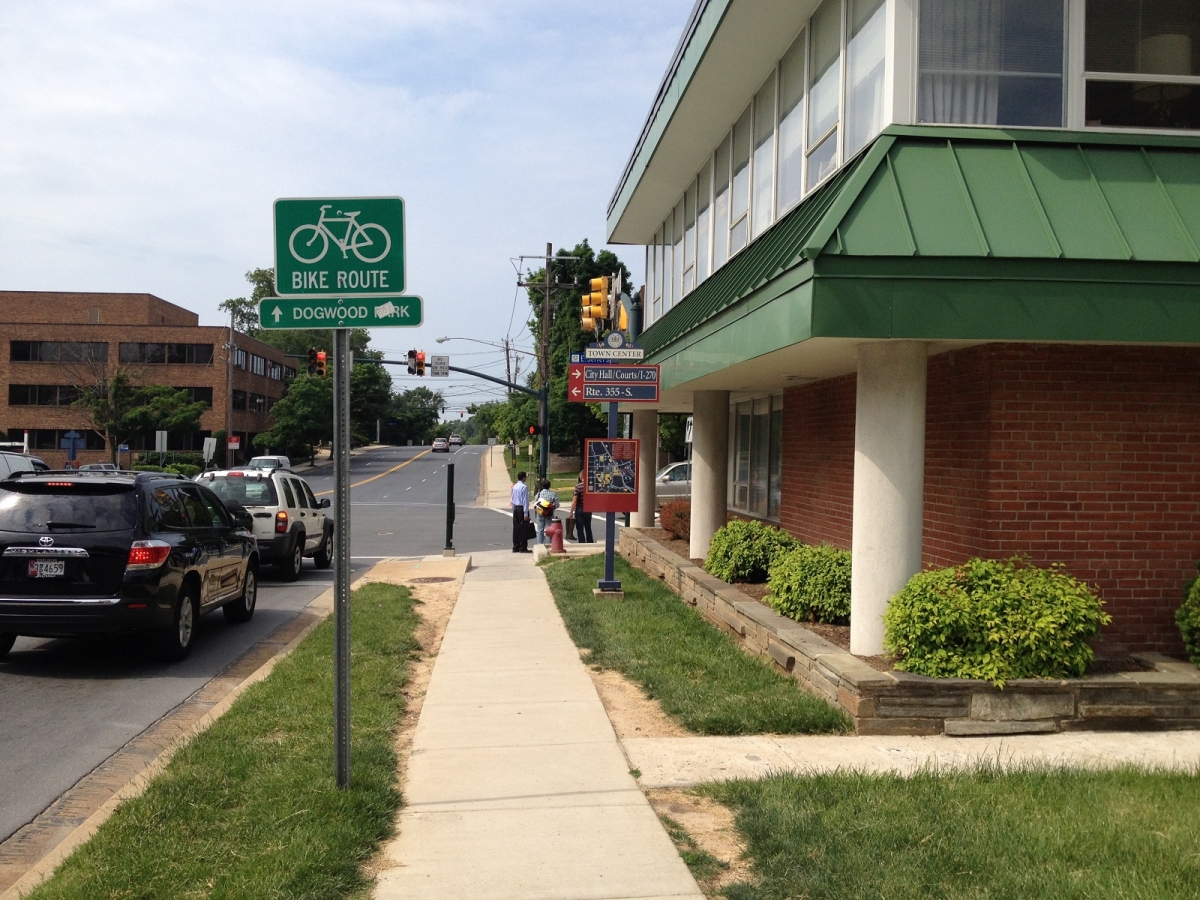
Stay up to date on how much TAP funding your state is obligating for biking and walking projects.
Every quarter, we look at how state departments of transportation (DOTs) are getting Transportation Alternatives Program money out the door so that it can build biking and walking infrastructure and support Safe Routes to School programs. To kick off fiscal year 2019, we have reformatted our quarterly report. Because the legacy Safe Routes to School program has not received new money since 2012, there is little change each quarter in obligation rates. Given that, we will no longer be tracking the old Safe Routes to School money.
That gives us more space in the chart to look more closely at Transportation Alternatives Program (TAP) funding. We have separated out a couple of columns that used to be combined and added new columns to help you understand how your state's progress has changed during the quarter. It seems like a good time to review what our latest quarterly State of the States to help you understand what it looks at, and why it should be important to local advocates.
- Funding Available (FY13-19): This is the total amount of funding a state has received since TAP began. It does exclude funding for the Recreational Trails Program, which is often run by a different agency than the state department of transportation (DOT).
- Total Transferred by State: Under TAP, states are allowed to transfer up to 50 percent of TAP funding to other programs, usually to fund roads and bridges. We are tracking the total transferred out of TAP over the life of the program. When a state transfers a lot of funding, it is making a conscious choice to prioritize other types of transportation over improving safety and accessibility for people walking and biking.
- Total Let Lapse by a State: TAP money has to be obligated (i.e., put under contract) within four years. Any money that is not obligated within four years lapses, meaning that the money is taken away from TAP and returned to the federal government. We are tracking the total TAP money a state let lapse over the life of the program. Any state that has let funding lapse likely needs to focus additional staffing or priority to TAP so that projects are obligated in time, as it is being negligent in using TAP funds efficiently.
- Increase in Transfers/Lapses from Prior Quarter: Since the transfer and lapse columns are over the life of the program, this column shows your state's most recent behavior -- it looks at any increase in lapses or transfers combined in the prior quarter.
- Percentage of Funds Transferred/Lapsed: This column helps you understand how much any funds transferred or lapsed represent out of total TAP funds available. Any state that is in the range of 40-50 percent is consistently transferring close to the maximum allowed out of TAP year after year, leaving less funding for Safe Routes.
- Total Obligated: In order to obligate TAP money, a state has to hold a competition, select projects, and then work with them to get the project through the regulatory process and then under contract. Only after a project is obligated can construction or implementation of a program begin. Realistically, it can take a year or more to get a project obligated, which shows the importance for states to hold regular competitions and to dedicate enough staff to get projects obligated. As mentioned above, any funds that are unobligated after four years will lapse.
- Percent Obligated: This column is the percentage of all TAP funds available minus transfers and lapses that have been obligated. States that are below 35 percent really need to devote additional resources to get projects under contract more quickly.
- Change from Prior Quarter: This shows how much funding a state obligated since our last report. We would like to see consistent forward progress in obligation each quarter.
- Funds at Risk of Lapsing on 10/1/19: This column shows how much funding from the TAP funds received in FY16 still need to be obligated. If they are not obligated by the end of this fiscal year (September 30, 2019), they will lapse and revert to the federal government. States with good obligation processes will have a $0 in this column, meaning they are awarding and obligating projects consistently in less than four years.
Finally, why do all these statistics matter? If a state is transferring money away from TAP, it means the already-small amount of money that prioritizing biking and walking is reduced. Low obligation rates and lapses mean that even when a state is selecting biking and walking projects to fund, it's taking several years to get those projects actually built or implemented. The injury and fatality rates for people biking and walking have been on the rise for years -- only by embracing this program and getting biking/walking infrastructure built more quickly can we start to turn that around.
In addition, low obligation rates put TAP money at risk. Every once in a while, Congress does something called rescissions -- this means they are clawing back unused transportation money to try and reduce the shortfall in the highway trust fund. A rescission was built into the FAST Act that will take effect in July 2020, unless Congress cancels it. Programs and states with low obligation rates will take the brunt of the rescission. The last rescission in 2017 meant $60 million in TAP funding was lost; the 2020 rescission is ten times as large overall and so could result in losing a year's worth of TAP funding or more. The best way to avoid this is to work with others in your state to encourage your DOT to hold regular competitions and to speed up their obligation processes.

